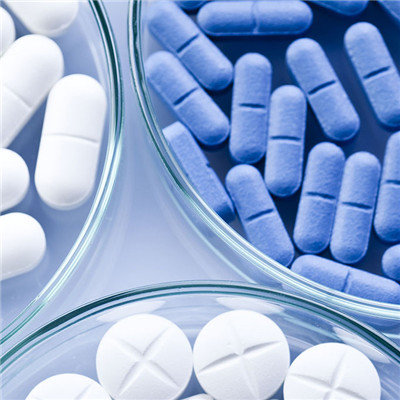What is the difference between rifampicin and rifamycin sodium?
summary
Rifampicin can pass through the placenta, and teratogenesis has been caused in animal experiments. Although there is no teratogenic report in human, there is not enough data to show that it can be safely used in pregnancy. In addition, do you know the difference between rifampicin and rifamycin sodium?
What is the difference between rifampicin and rifamycin sodium?
Rifamycin is a semi synthetic rifamycin antibiotic obtained from rifamycin B produced by Streptomyces Mediterranean. Pharmacology and application has strong antibacterial effect against Staphylococcus aureus (including penicillin resistant and neopenicillin resistant strains) and Mycobacterium tuberculosis. It has weak effect on common gram-negative bacteria and poor oral absorption. The highest distribution in liver and bile after injection, It can also reach the therapeutic concentration in kidney, lung, heart and spleen. There is no cross resistance with other antibiotics or anti tuberculosis drugs. It is used for tuberculosis patients who can not take oral drugs and for biliary tract, respiratory tract and urinary tract infections caused by drug-resistant staphylococcus aureus

Rifampicin is commonly known as: mepirifomycin, mepirifomycin pharmacology and application: This product is a semi synthetic analogue of rifampicin SV, highly sensitive to Mycobacterium tuberculosis, and has obvious bactericidal effect on Mycobacterium tuberculosis and other mycobacteria (including leprosy, etc.) both inside and outside the host cells. It is also effective against meningococci, influenza, Haemophilus, Staphylococcus aureus, Streptococcus epidermidis, Legionella pneumoniae also has certain antibacterial effect, and has inhibitory effect on large viruses and chlamydia. Mycobacterium tuberculosis is easy to develop drug resistance to this product, so it is often combined with other anti tuberculosis drugs, such as isoniazid, ethambutol, etc, This product can inhibit the synthesis of mRNA by inhibiting the RNA polymerase of bacteria and achieve bactericidal effect. It has no cross resistance with other anti tuberculosis drugs, so it is also effective on the mutant strains resistant to other anti tuberculosis drugs. It is mainly used for various types of tuberculosis in clinic

Rifamycin has strong antibacterial effect on Staphylococcus aureus and Mycobacterium tuberculosis. It has a weak effect on common gram-negative bacteria. It is used for tuberculosis patients who can't take medicine orally and for biliary tract, respiratory tract, urinary tract infection caused by drug-resistant staphylococcus aureus. Rifampicin is highly sensitive to Mycobacterium tuberculosis and has certain antibacterial effect on meningococci, influenza, Staphylococcus aureus and Legionella pneumoniae.

matters needing attention
Rifampicin is a drug belonging to rifamycin. Rifampicin is one of the most effective and widely used drugs. It not only has a wide antibacterial spectrum, can be used for a variety of bacterial infectious diseases, but also has no cross resistance with other drugs, especially for tuberculosis, and is the first-line drug for the treatment of tuberculosis. Through the introduction, I hope you have some understanding.














